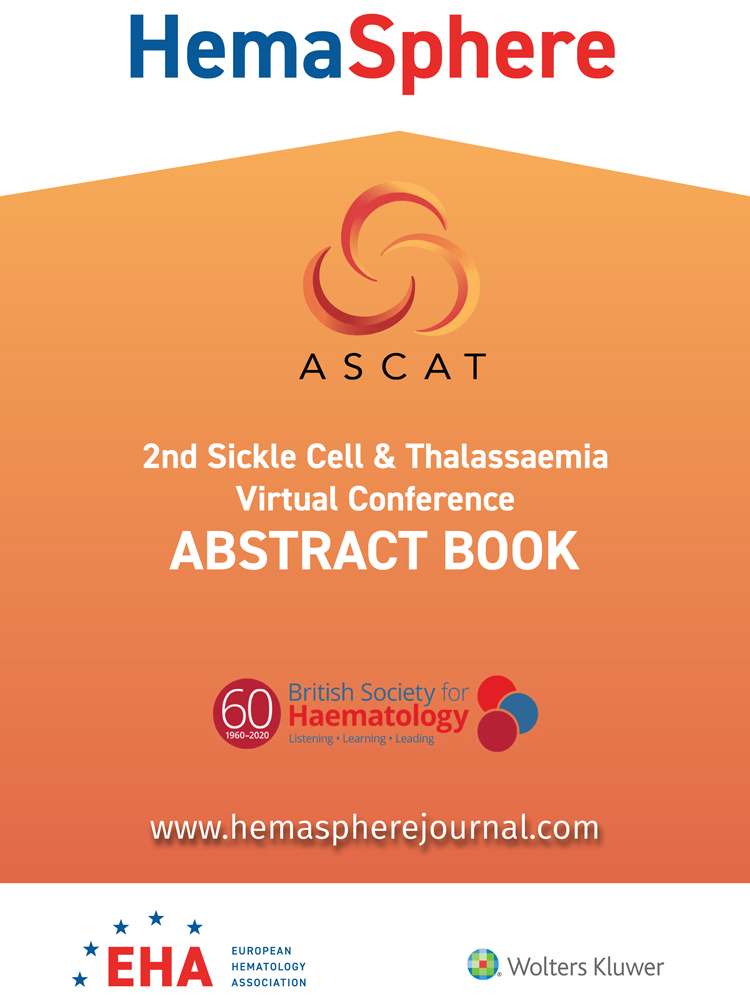P128: ITHANET: AN INFORMATION AND DATABASE COMMUNITY PORTAL FOR HAEMOGLOBINOPATHIES
Background: The ITHANET Portal (www.ithanet.eu) is an expanding, publicly available biomedical resource dedicated to haemoglobinopathies. It provides a manually curated, literature-derived collection of published genetic and epidemiological data, also integrating the latest updates on news, events, publications, clinical trials, funding opportunities, and many more.
Methods: A team of expert biocurators is involved in the collection, validation and annotation of information with weekly updates on scientific literature collected from PubMed, while the curation strategy also involves the incorporation of new and updated information from existing public databases. ITHANET also accepts contributions to its content with acknowledgement of unpublished data in a specifically designed section.
- IthaGenes is a database that organises genes and variations affecting haemoglobinopathies and integrates the NCBI sequence viewer for detailed graphical representation of each variation.
- IthaMaps is a database that stores epidemiological information as documented in published literature and illustrates this information on a dynamic global to regional map for a total of over 196 countries.
- IthaChrom provides digitised reports of standard diagnostic high-performance liquid chromatography analyses as a reference tool for haemoglobinopathy diagnosis, allowing database searches of key data.
- IthaPhen is a database that demonstrates the correlations between genotype and phenotype and is a unique and powerful tool for clinicians and molecular geneticists
Conclusions: The ITHANET Portal has a high-profile international governance structure and is already the most comprehensive knowledgebase on haemoglobinopathies. As an official partner of the Human Variome Project's Global Globin Network, ITHANET has been selected for data storing, curation and sharing within and between countries, as well as for the development of a thalassaemia-specific genotype-phenotype database. In addition, ITHANET is coordinating an Hemoglobinopathy Variant Curation Expert Panel for haemoglobinopathy-specific variant classification under the Clinical Genome Resource.
References
1. Kountouris P et al. ITHANET: Information and database community portal for haemoglobinopathies bioRxiv, 2017.
2. Kountouris P et al. IthaGenes: An interactive database for haemoglobin variations and epidemiology PLoS ONE, 9(7): e103020, 2014.
3. Robinson HM. Increasing the involvement of diverse populations in genomics-based health care-lessons from haemoglobinopathies. Journal of Community Genetics, 43, 295–298, 2017.




